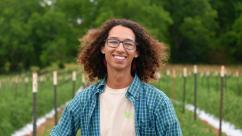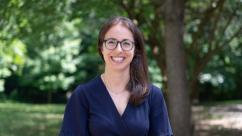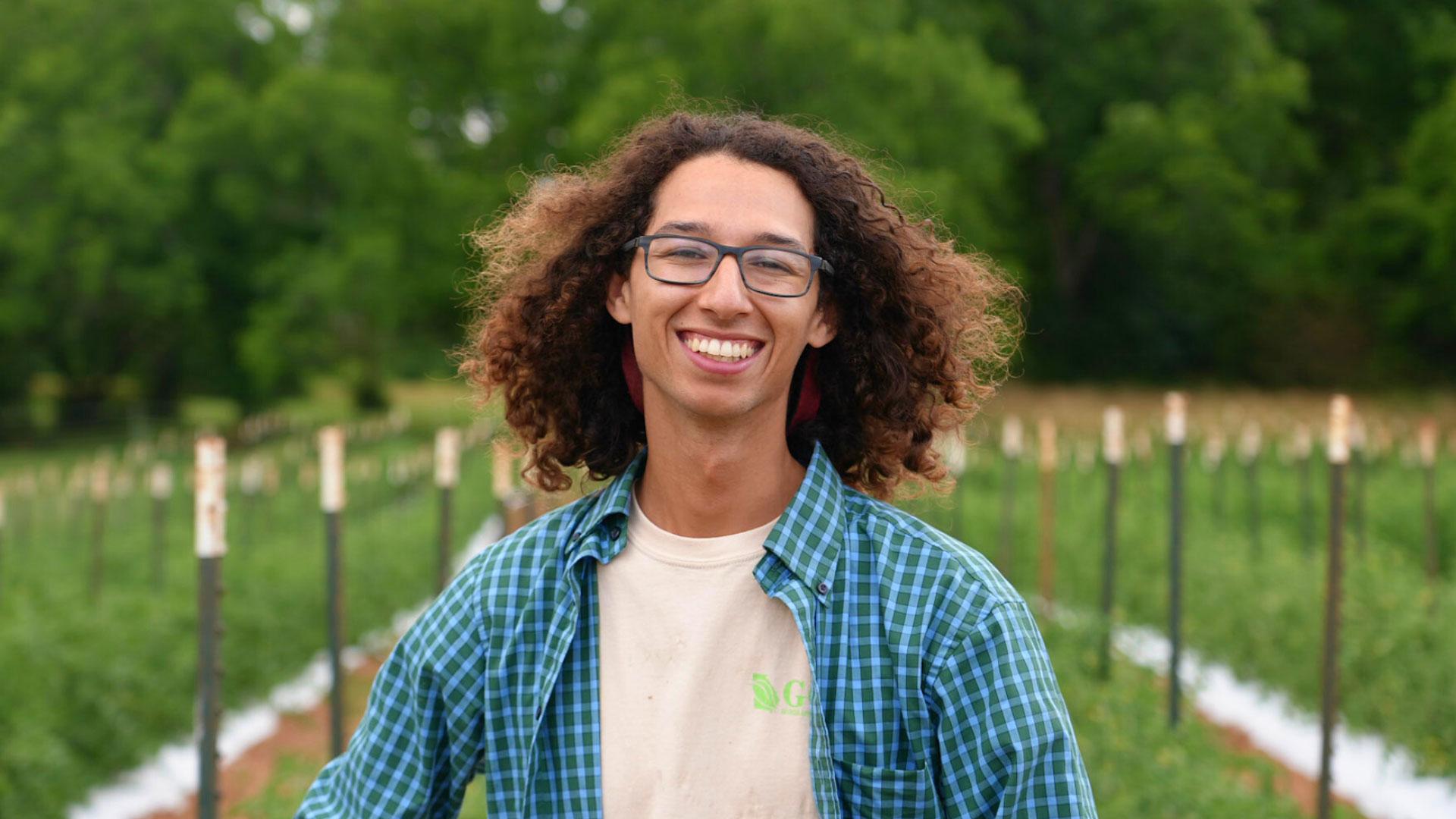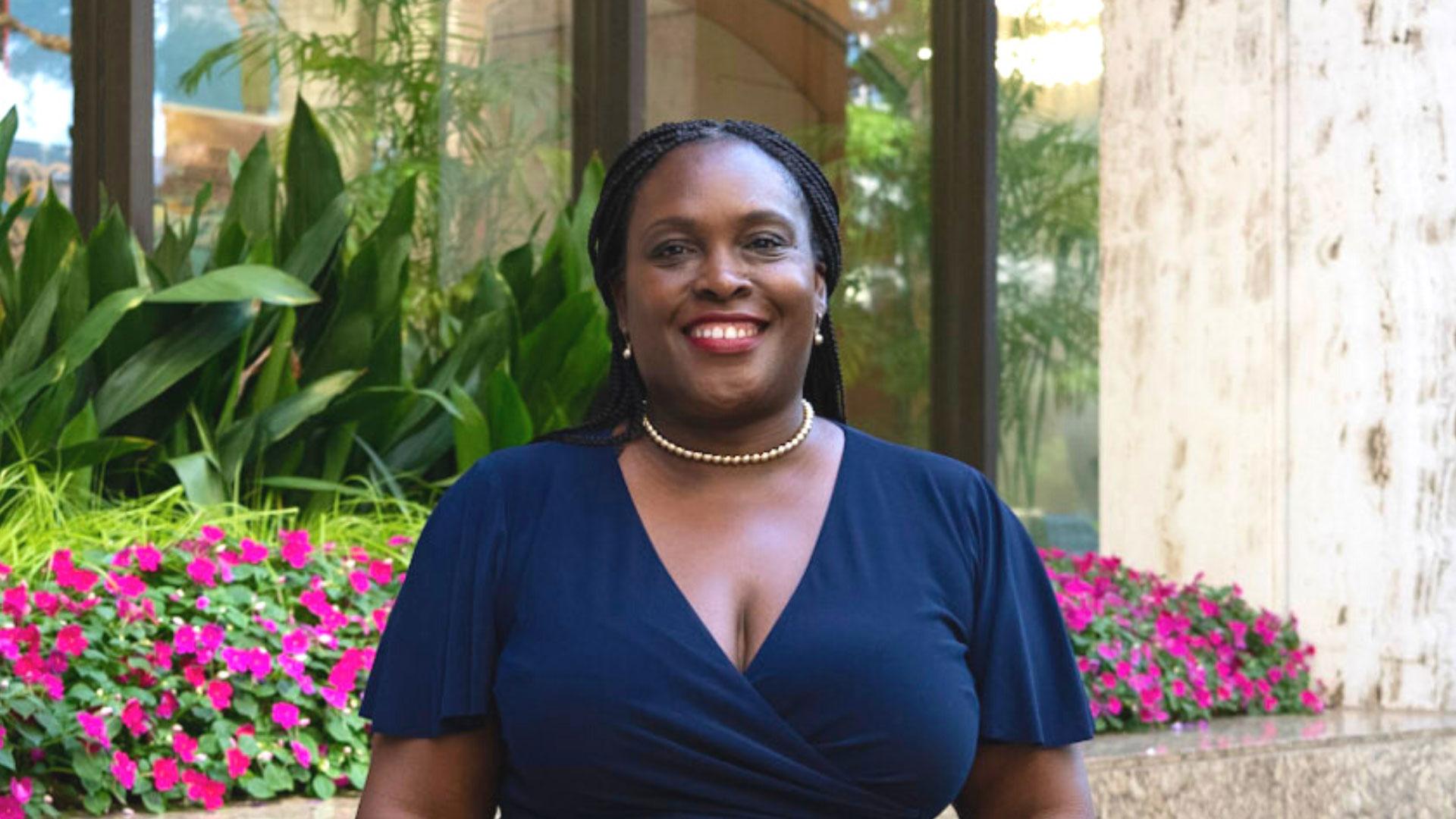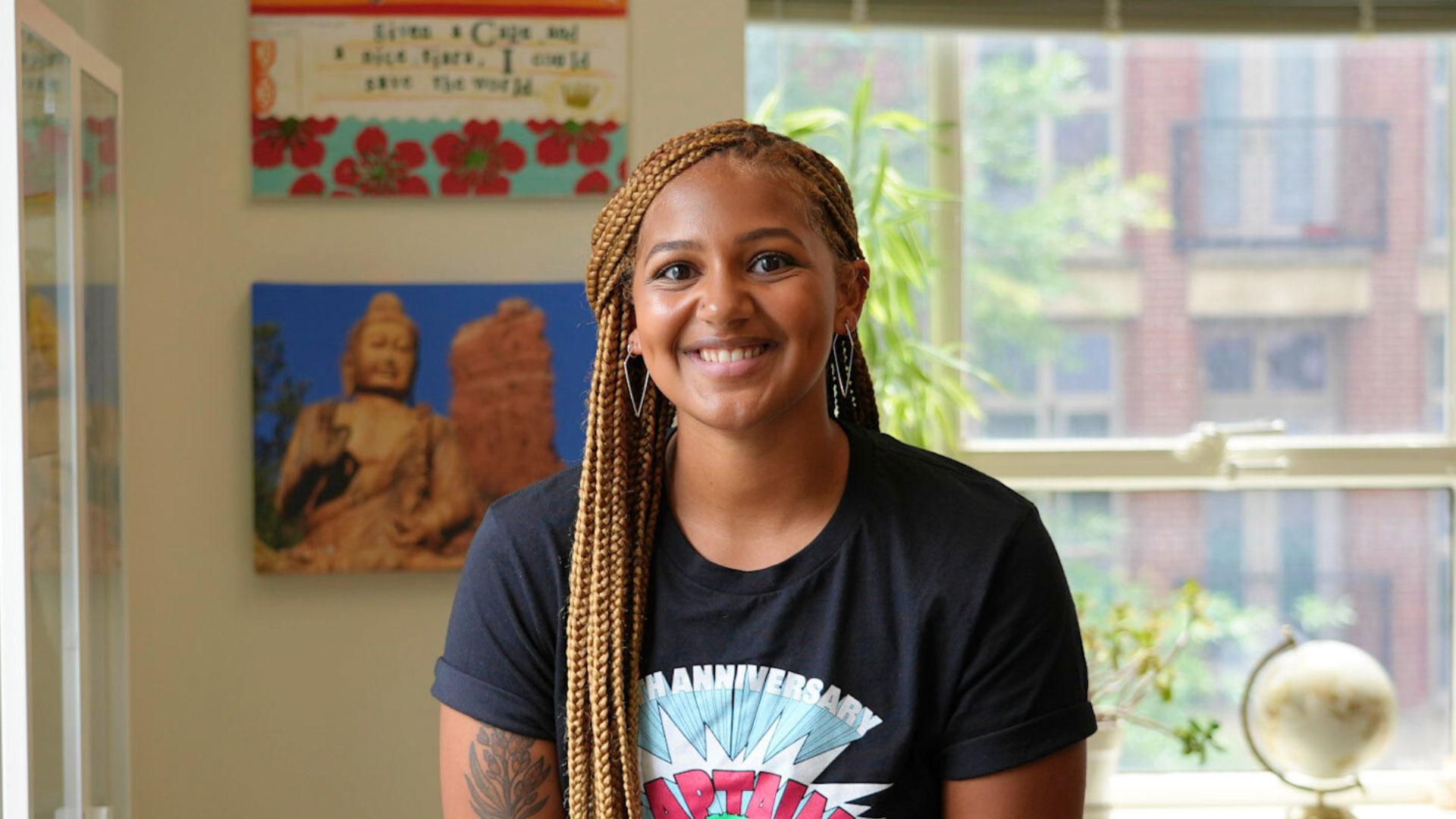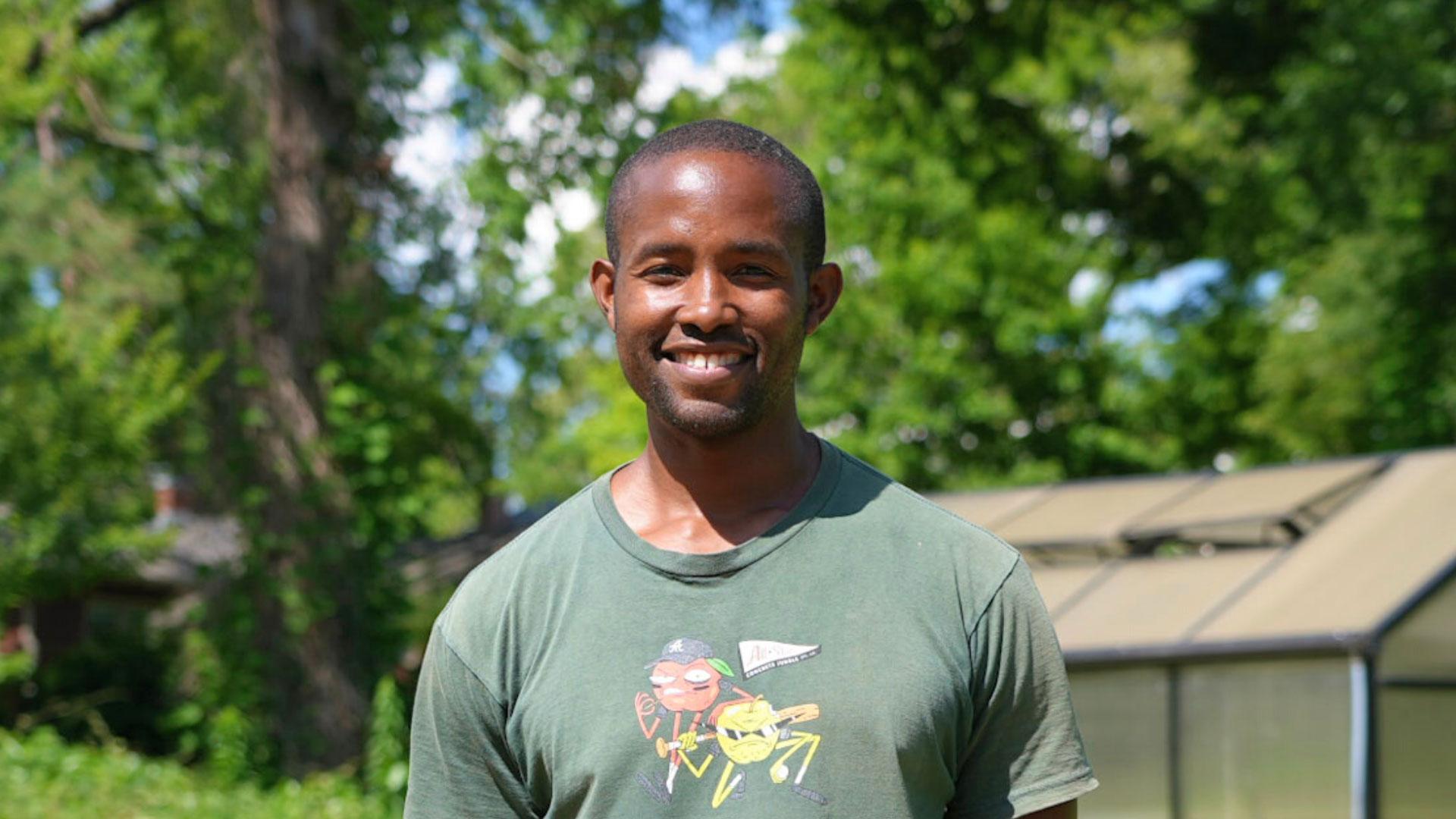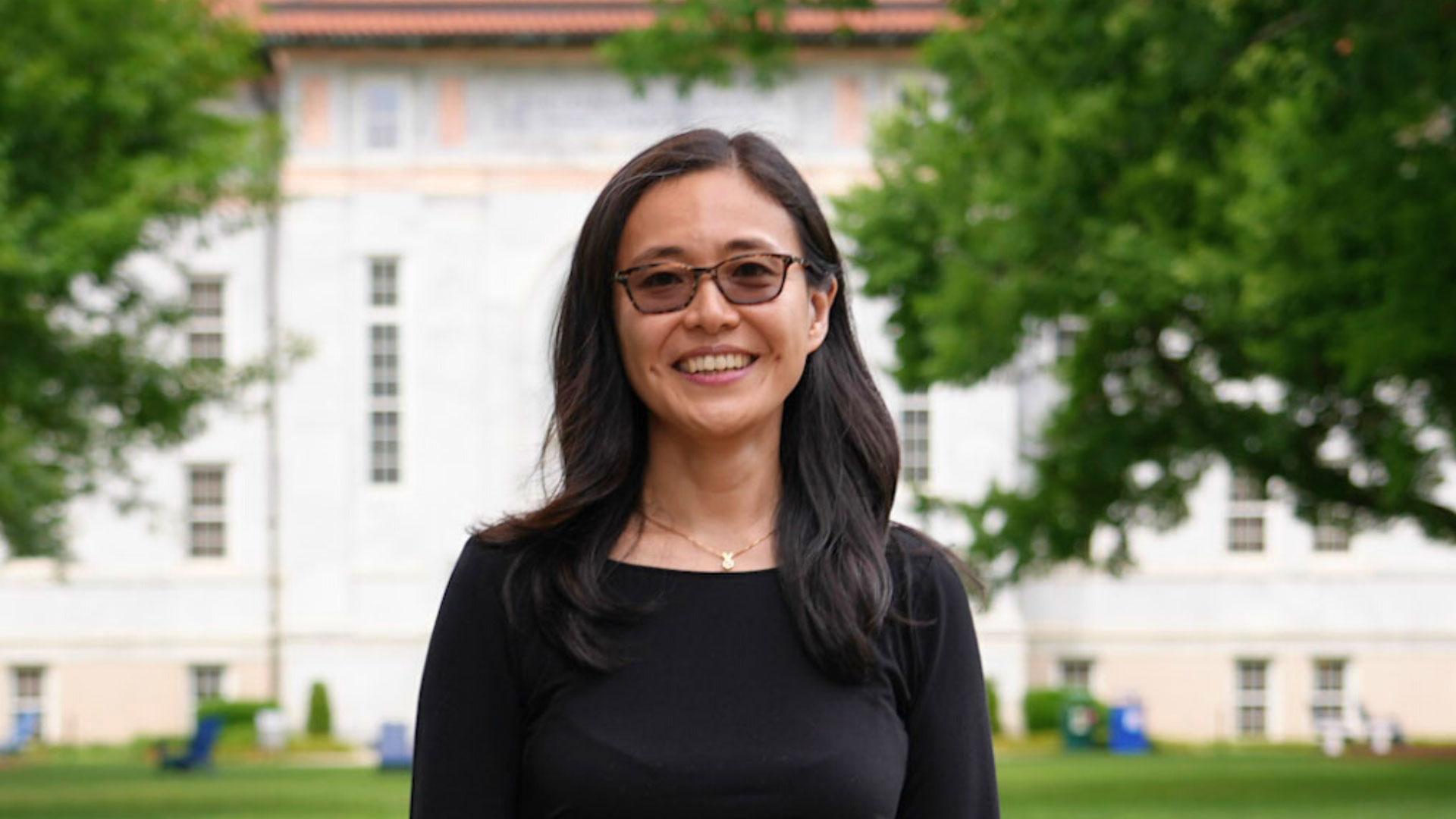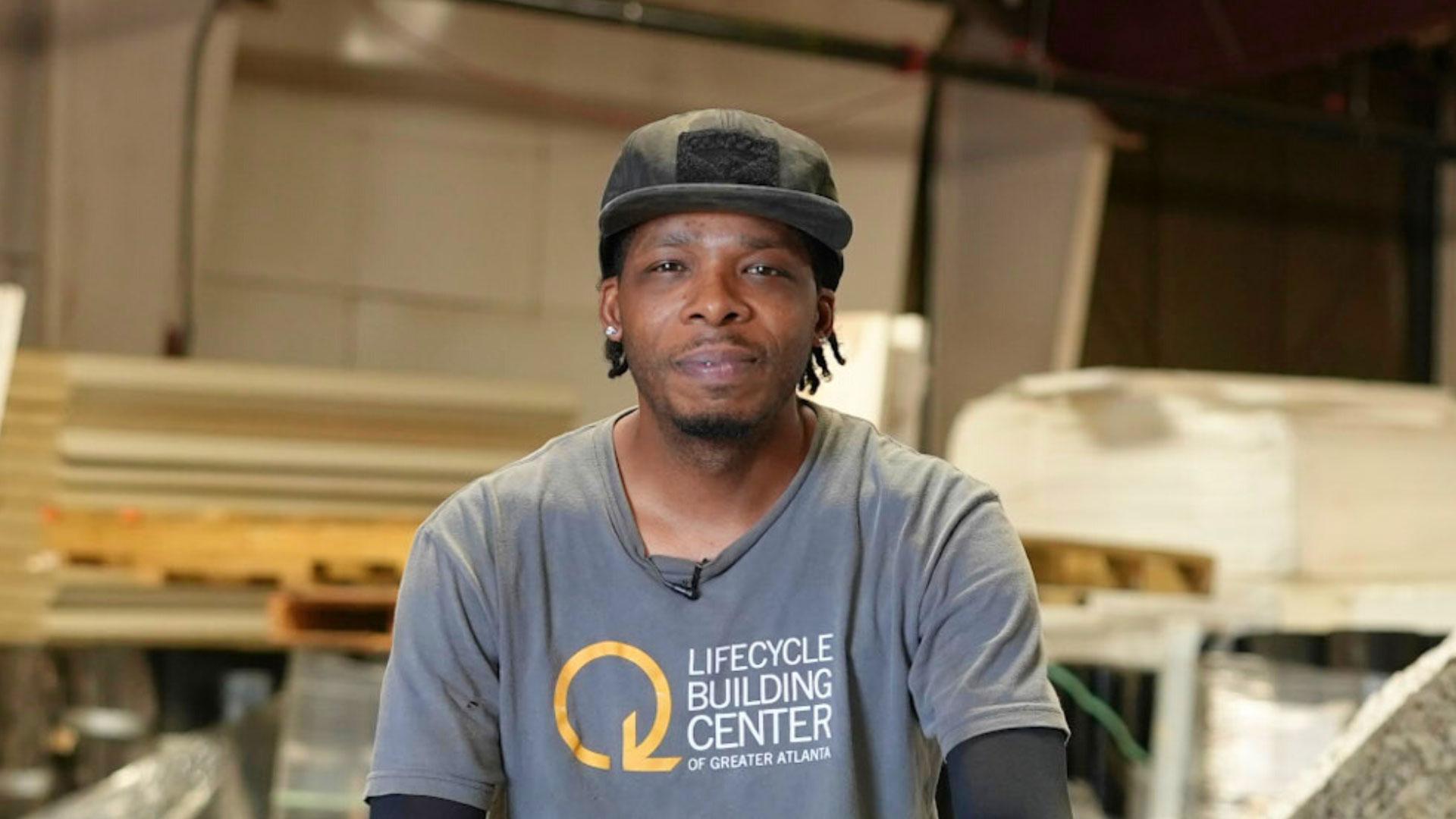Steve Place: A Living Laboratory for Interdisciplinary Climate Solutions
In this Episode
Steve’s Story
Our buildings use a tremendous amount of greenhouse gas emissions because of the materials used and the construction process in their operation, renovation, and even demolition. Buildings typically last for generations, so their design, functionality, and operation present opportunities for drawdown. The Kendeda Building for Innovative Sustainable Design is located at the heart of the Georgia Institute of Technology. It is world-renowned as a working sustainable building model, generating more electricity than it uses, harvesting rainwater, and demonstrating the possibilities of climate-smart buildings. Steve Place is a Horticulturalist II, an immigrant, and former first-generation college student working at the Kendeda Building. Steve is using his passion for land use and agriculture to be part of climate solutions. The Kendeda Building, used for teaching students who represent a variety of disciplines, not only reduces the carbon footprint at Georgia Tech but also serves as a living laboratory—instilling the importance of interdisciplinary problem solving that will drive innovation, just solutions, and inspire climate hope for generations of leaders to come.
Discussion Questions
One of the most important things you can do when it comes to climate change is talk about it.
- Steve immigrated with his family from France when he was very young, and he was raised in the United States. Steve’s most significant influence was his grandfather, a gardener who raised chickens and rabbits, which sustained his family.
- Steve is a former first-generation college student and shares that he was not prepared for the challenges of college. Neither of Steve’s parents had attended university, and he did not know what to expect. Without a lot of financial resources, college was a start-stop journey. To finish college, Steve sought out companies to work for that supported their employees to get their degrees as part of their benefits package. Steve worked at Emory University, receiving a scholarship to complete his education with a degree in Ecology. Though it took a significant amount of time and resources, Steve did not give up on his dream to graduate from college. Do you have an example of a time that you did not give up on a goal that was important to you? What support and resources have been or could be helpful in your journey to achieve your goal?
- Steve has identified that being outside as part of his career is essential to him and makes him feel happy: Being outside, in nature, and working as his dad did with his hands. Have you identified what makes you feel happy and centered in life, and are there ways that you could incorporate that into your career?
- Steve encourages students to slow down if they are facing the rigorous demands of academic life and the hopeless feeling of not being able to keep up. After all, certain processes simply require time, like waiting for blueberries to ripen or tomatoes to be ready for harvest. Recalling his challenges as a student now enables Steve to offer support and encouragement to students in the next generation, to given them a sense of hope that they, too, will find their path. Can you think of a time in your life when the outcome did not come fast enough, and you had to be patient? Were there lessons you learned then that might shape how you think about future decisions?
- The Kendeda Building is considered a “living building,” which generates energy, water, and other renewable resources. Steve uses an acronym W.E.B.H.E.M.P that stands for water, energy, beauty, health and happiness, equity, materials, and place. The acronym represents the seven petals of the kendeda flower in which everything is filtered through and interconnected. Kendeda is a philosophy embedded within smart building design, but it is also an example of how to understand the world around us holistically and how to treat the earth and each other.
- Steve believes that solutions to our biggest problems must come from diverse people coming together to offer various solutions. People with different backgrounds, histories, perspectives, and life experiences create a dynamic environment that will facilitate multidimensional, creative, and just solutions that will represent a variety of approaches that benefit all of us. It is important to know that each of our voices matter and that we can all be part of solutions to the climate crisis. What is your story of climate change?
Learn More
Learn about the solutions in this story.
- Solution Sector: Buildings
- Solution Sector: Electricity
- Solution: Building Retrofitting
- Climate Solutions Cluster: Enhance Efficiency, Shift Energy Resources
- For more on all of the Drawdown climate solutions, visit drawdown.org/solutions.
- Learn more about the work Steve does: Kendeda Building for Innovative Sustainable Design, Georgia Institute of Technology
Explore Climate Solutions 101, the world's first major educational effort focused solely on climate solutions. This video series combines Project Drawdown’s trusted resources with the expertise of inspiring, scientifically knowledgeable voices from around the world: drawdown.org/climate-solutions-101.
Take Action
- Drawdown Ecochallenge, presented by Ecochallenge.org, is a fun and social way to take measurable action on the top solutions to global warming. Take the challenge, and see how a few weeks of action add up to a lifetime of change for you and the planet. If you want to take action on Buildings like Steve is, visit drawdown.ecochallenge.org/challenges.
- The Drawdown Labs Job Function Action Guides are practical and shareable resources that highlight specific, high-impact climate actions employees in common corporate professions can take at work.
- ChangeX connects people with proven ideas for strengthening communities with the resources needed to implement those changes. Explore countless ways to improve your community and help the world reach drawdown.
- Climate Generation's Green Careers for a Changing Climate Instructional Supplement (for Grades 6-8) contains resources to help young people learn about Green STEM Careers — careers that can help solve the impacts of climate change using STEM skills. Throughout this instructional supplement, students will be using the resource Drawdown to make important connections to solutions that these careers will implement.
- Solutions Journalism Network highlights the importance of reporting stories of climate solutions in the media to create a more equitable and sustainable world. Visit their Teaching Climate Solutions resource to find curated collections and the latest examples of climate solutions journalism.
- SubjectToClimate (StC) is a nonprofit online connector for K-12 leaders of all subjects to find materials on climate change at no cost. Explore StC’s educator-generated database to connect to Project Drawdown-based climate education resources.
Sign up to receive updates, provide ideas, and tell us how you might share Drawdown’s Neighborhood in your community.


